Venting &Insulating over concrete slab
My home has a 14x22ft porch, nestled in a corner made by the kitchen (heated) and the garage (unheated). There is a framed and shingled shed roof with two skylights. Floor is a 4 inch concrete slab on a knee wall (at least on the exposed sides). There is currently an 8ft patio door to access the porch from the eating area, and the current slab is lower than the living space by the height of the floor joists and finish flooring. I’m planning on enclosing and heating this room.
1. I would like to frame out the floor, adding underfloor air ducts for heat/ac. I have no idea what’s below the slab, i.e. rigid foam and/or poly. Most likely nothing. What insulation and vapor barrier would be best for this situation? Should it be vented, and if so, how? Would venting, which would be fairly close to ground level, promote mold/mildew (which would be very difficult to get at to remedy)?
2. The eves were framed with venting strip the entire length. Do I need to add a top vent at the roof/sidewall intersection? Can this be done without removing the siding?
3. If I were to add a pre-fab fireplace on the long outside wall, would the chimney/chase need a concrete foundation, or would framing on 4″ piers (wood or concrete) be sufficient?
4. Any opinions on wall insulation, since this will have a lot of glass and french doors (think sunroom).
Thanks in advance for your advice
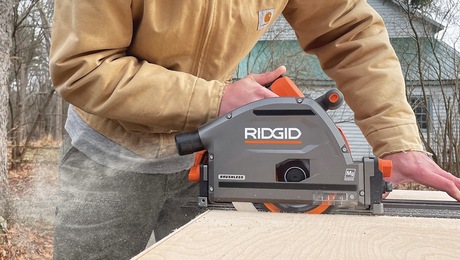
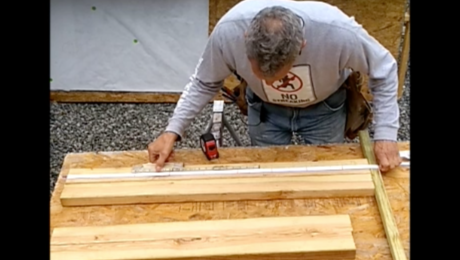



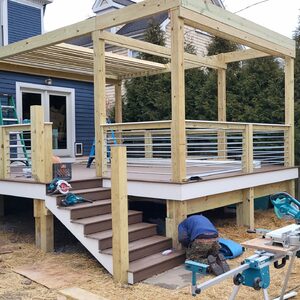



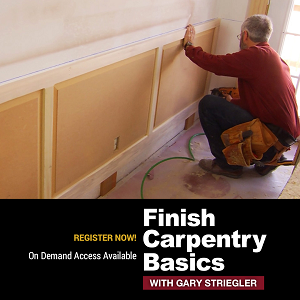


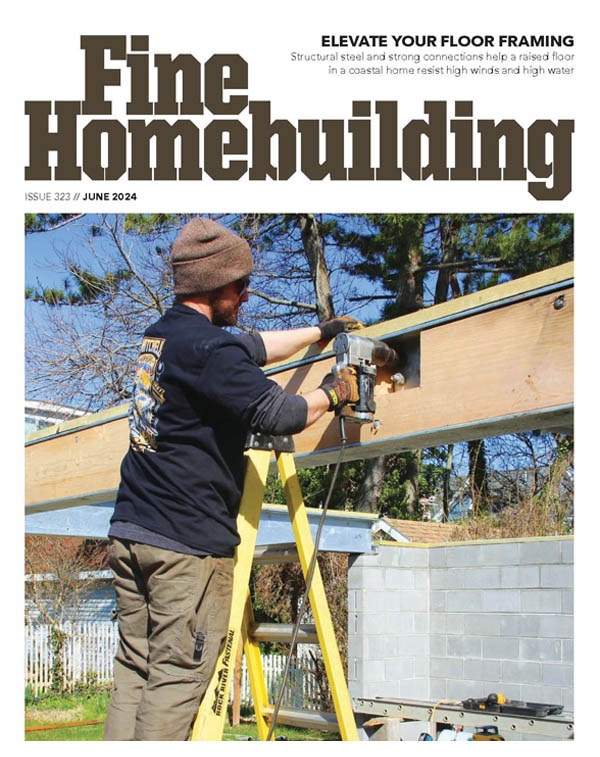

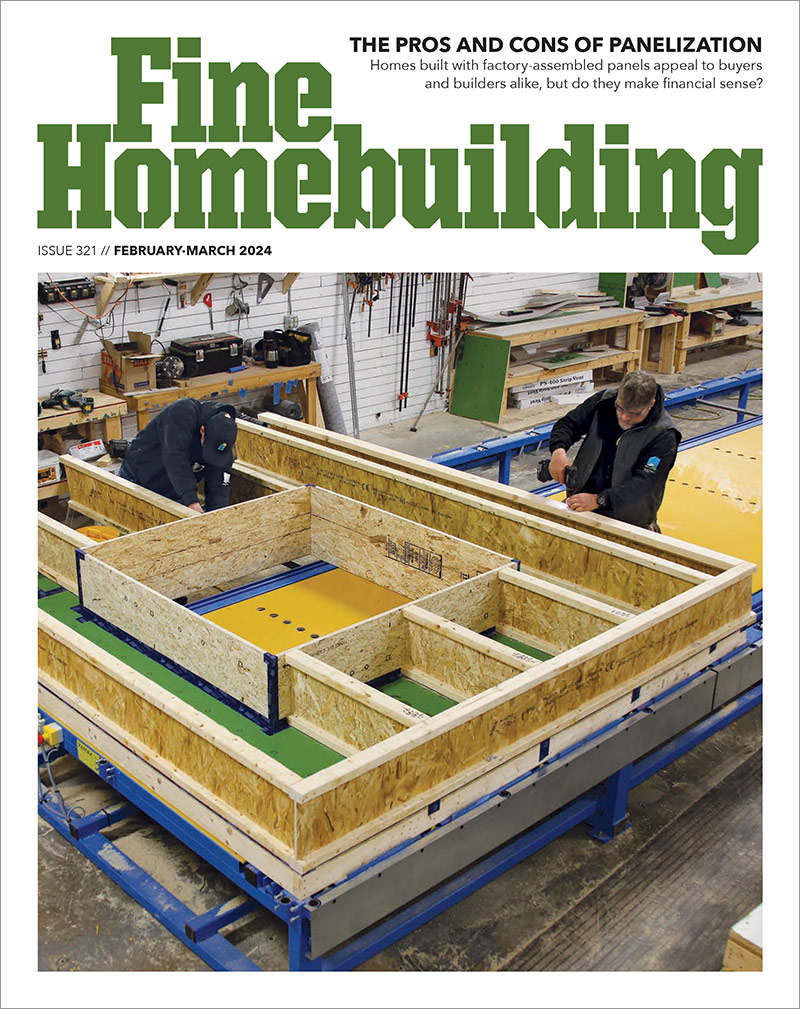
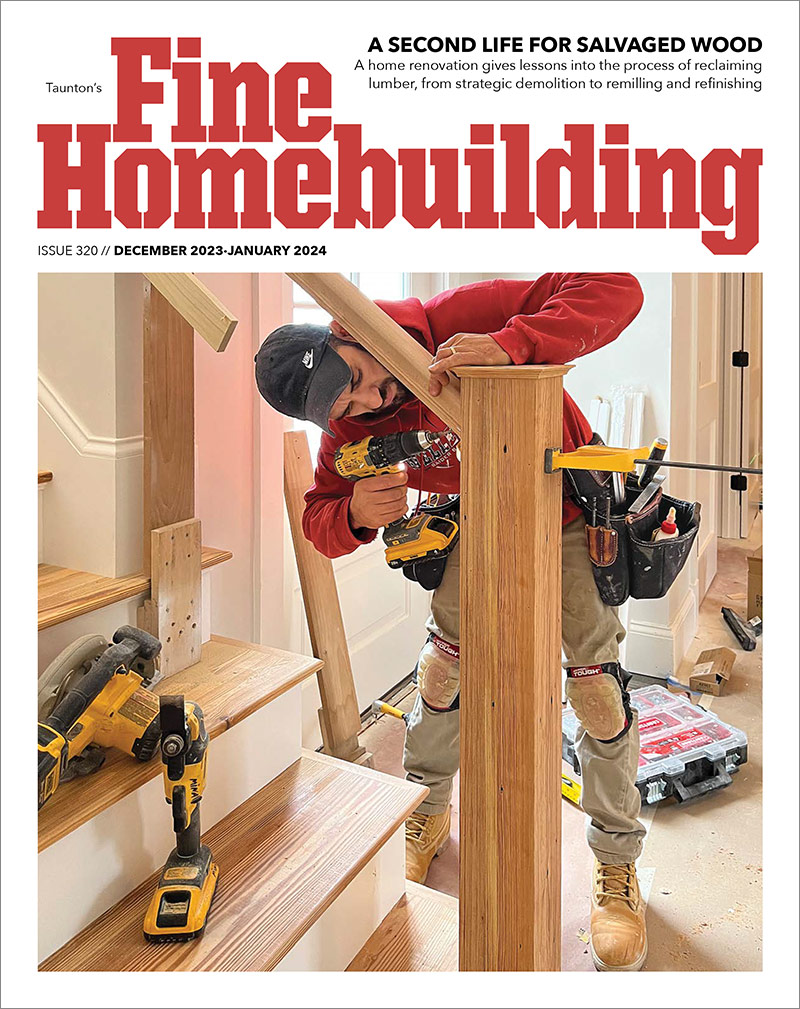
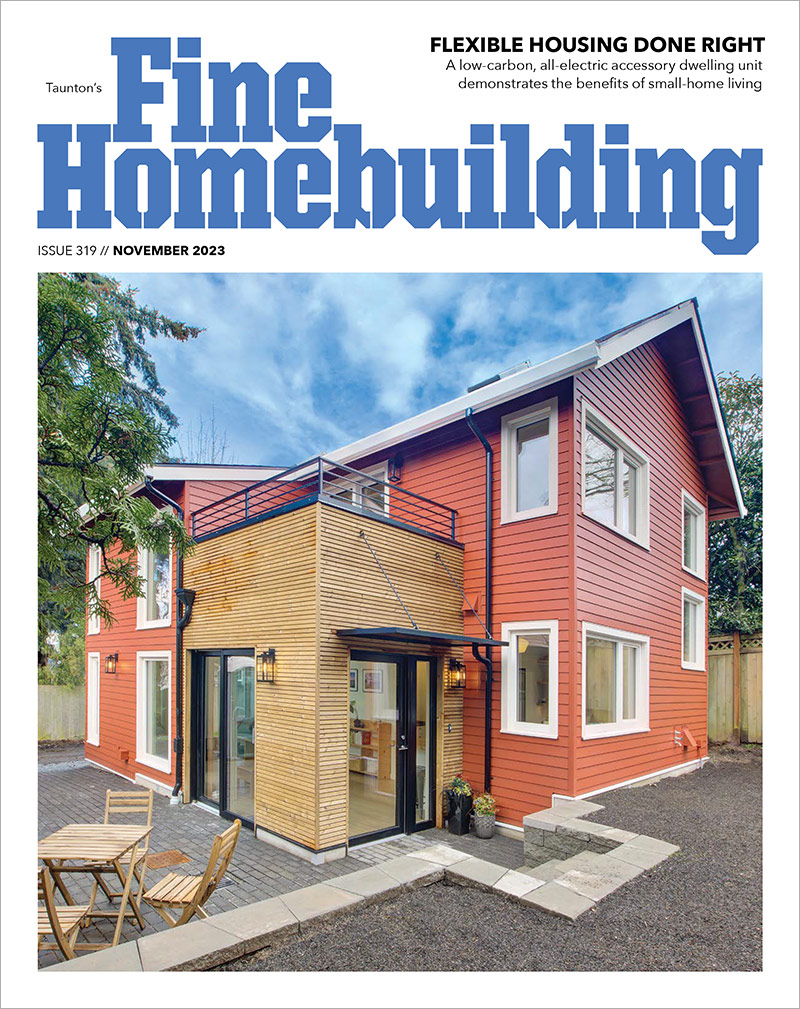

Replies
Welcome to BT, first off.
1. Given that the drop is big enough for the much larger-spanning interior floor, you should have plenty of room for a wooden floor not touching the existing slab, but retaining enough depth for insulation, ducts, and other utilities.
2. Do I need to add a top vent at the roof/sidewall intersection?
Now, there's a detail. Vent to nowhere. What's behind the existing joint? In other words, if we drill thorugh the top of the joist bays, where will the air "go"?
3. If I were to add a pre-fab fireplace ... need a concrete foundation
Depends upon the fireplace, and whether or not a chimney is required. A "direct air" unit just needs some 12" double-wall ductwork and some gas piping, and enough framing to hold it up. Here's a link to a 30" heatilator: http://www.heatilator.com/products/fireplaces/gasFireplaceDetail.asp?f=NDV30
4. Any opinions on wall insulation, since this will have a lot of glass and french doors (think sunroom).
You may never have enough <g> if you wind up with 50% glass & doors, and 50% wall, you have a hard time ever "evening" it up (50% at R-5 would mean "needing" R-80 "solid" walls, just to average out to R-20 or so.
What you really need is some solar gain to stay warm. Unless you are in south Florida (rez would remind you to fill in your profile info). Then, you need shade. And lots of a/c capacity.
Hope that helps.
Thanks for the tip on my profile. I updated it. My location is Connecticut, not exactly a high solar gain region.
My concern on the floor is the buildup of moisture in the floor framing/insulation from a presumably uninsulated slab. I have enough drop for 2x8 floor joists, but only if they rest on the slab, not suspended above it. I'd have to go 2x6 with a center support to lift it off the slab. Either way, should I put down poly over the slab under the framing, and just use fiberglass insulation? Need I worry about the fiberglass picking up moisture over time, ergo my question on trying to vent this space, which would be challenging? Should the kraft facing be up or down? (or would I be better off with rigid foam insulation here?)
The roof, which is exposed framing currently, already has a strip vent along the entire length of the soffit. I was wondering if I needed to add a vent at the upper end where the roof meets the vertical wall of the 2nd story. I would be using fiberglass insulation along with foam spacers to keep the airway open.
I was thinking of a woodburning fireplace, not gas. We have one in the main house now, build on wood framing with a framed chimney chase that houses the metal stack thru the roof and beyone about 8 ft. up. Thought I could do the same on the outside wall of the porch, on a wood framed foundation supported by 4x4 PT posts or 4" concrete tubes?
Thanks for your help....
The problem with moisture is that you won't really know until you get it sealed up (chicken-egg-chicken). My first inclination is to treat it like a really wide (and short) foundation wall. PT sill on the outside edge, floor joists over to a ledger on the esxiting wall. Might not need a center support at all. Which might take some ciphering.
Now, you used the evil word "fg." Many folk on this forum are opposed to FG as an insulating material, fo many reasons. I'm one of those people--my reasons make sense to me, too (batts never quite fit right, leaving gaps, they mash, loosing performance too easily, the glass turns into a conductive "bridge" to readily, etc.)
For your condition, foam would seem easiest. You can cut the rigid sheets to fit around the ducts & wires, and use the canned spray-in to lock it all in place.
Which kind of suggests putting a VB in under your joists. That, though, raises the question of where will any mosture on the slab, should any collect, go?
That kind of suggests getting a masonry drill out and making a small, discrete hole someplace to find out what's under the slab.
With the vents--we still don't know where the rafter bays "go." If there's no top vent now, where does the air go? If it's open now, that poses some questions. Like where could the air go? You may wind up needing a couple three of the flat "mushroom" passive vents.
On the fireplace, it's down to the type of fireplace. A prefab wood burner is different than a wood stove is different from a masonry unit. The floor "solution" will be different for each. You could set a stone stove hearth in the floor framing and stand a wood stove on it without too much trouble--might need some engineering, though.
Hmm, have you checked, even informally, with your AHJ (Authority Having Jurisdiction)? You may need permits, signed, wet-stamped plans, and/or locality-specific construction requirements. Which will change the answers you get here.Occupational hazard of my occupation not being around (sorry Bubba)